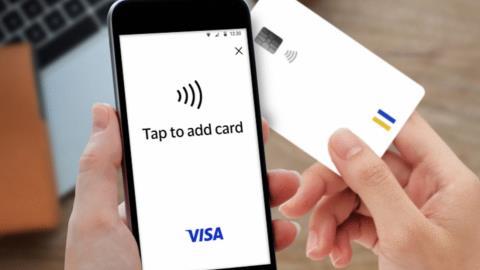Visa‘s “Tap to Add Card” service, which allows users to digitise their bank cards by just tapping them against their phones, has been extended to South Africa, Georgia, and Ukraine.
The conventional manual card entry method, which has been found to be both error-prone and vulnerable to fraud, is eliminated by this technological advancement.
Read also: X partners with Visa to power X Money wallet, peer-to-peer payments
In order to guarantee safe credential provisioning, the service uses Visa’s Chip Authenticate service, which creates a special, one-time code during the tapping procedure.
The statement released on February 11 states, “Bringing enhanced security and convenience, Tap to Add Card eliminates the cumbersome process of manual entry, a common source of errors and a vulnerability exploited by fraudsters seeking to compromise sensitive card information.”
The statement adds, “The tap generates a unique, one-time code validated by Visa’s Chip Authenticate service, ensuring secure provisioning of card credentials and offering a significantly faster and more secure alternative to traditional methods.”
Advantages of Visa’s “Tap to Add Card”
In addition to providing cardholders with a more convenient and safe digital wallet integration experience akin to in-store payments, the solution offers numerous advantages throughout the payment ecosystem.
Read also: Kenya scraps electronic travel authorisation for 52 African countries
The solution improves transaction approval rates, lowers customer care enquiries, and lowers provisioning fraud risks and related expenses for financial institutions.
Improved security standards and maybe greater token provisioning rates as a result of fewer card entry errors benefit digital wallet providers, opening up new consumer experiences.
“Tap to Add Card is designed to benefit all stakeholders in the payments ecosystem,” Visa adds. “Offering an experience similar to in-store payments, cardholders can enjoy a faster, more convenient, and more secure way to add cards to their digital wallets, encouraging greater adoption of digital payments.
















